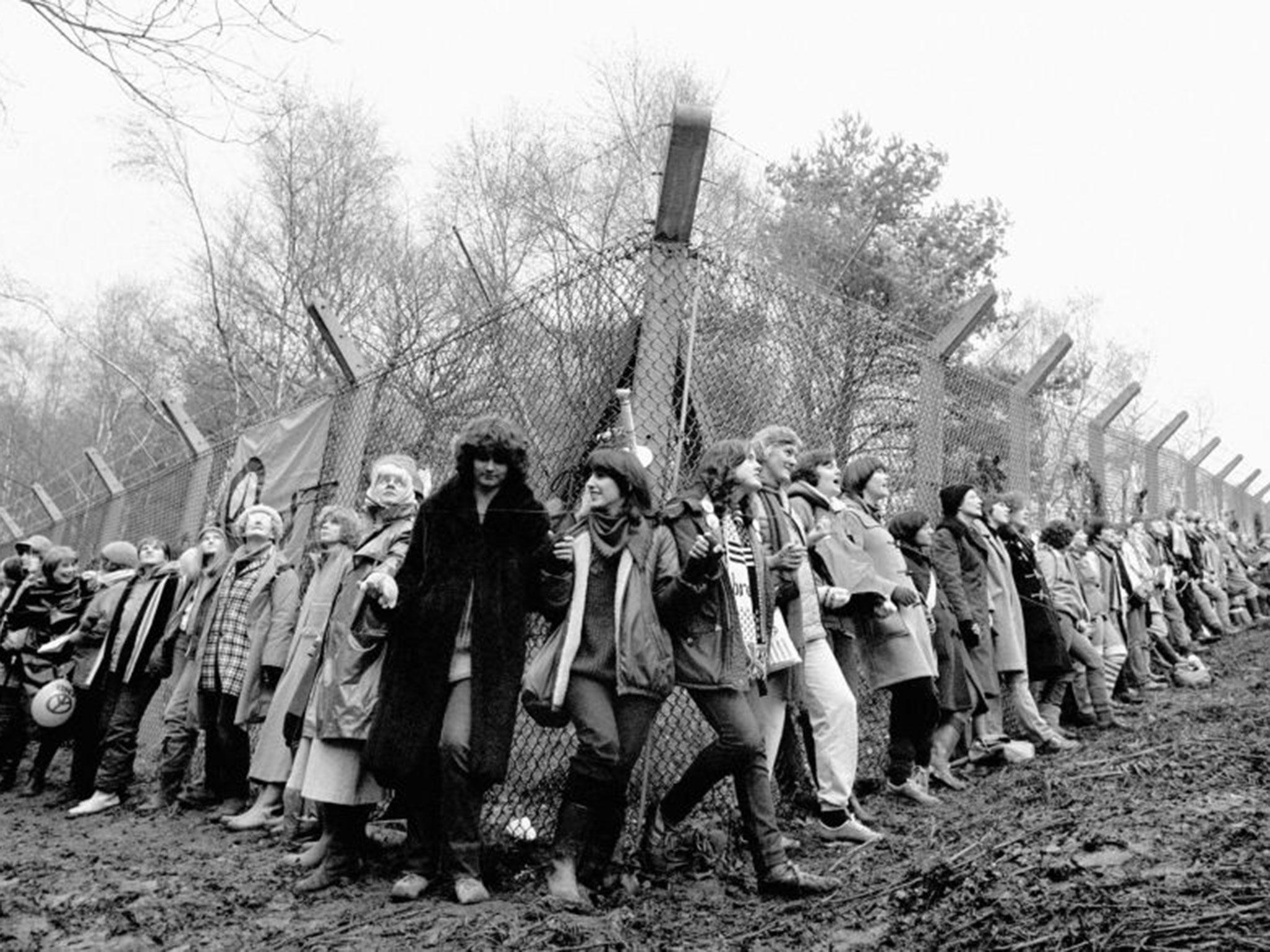Margaret Thatcher aides tried to use photos of baby Prince William in bid to distract from 1983 anti-nuclear march
Michael Heseltine informed Ms Thatcher there would be four infantry battalions on standby in case of any trouble from the demonstrators

Your support helps us to tell the story
From reproductive rights to climate change to Big Tech, The Independent is on the ground when the story is developing. Whether it's investigating the financials of Elon Musk's pro-Trump PAC or producing our latest documentary, 'The A Word', which shines a light on the American women fighting for reproductive rights, we know how important it is to parse out the facts from the messaging.
At such a critical moment in US history, we need reporters on the ground. Your donation allows us to keep sending journalists to speak to both sides of the story.
The Independent is trusted by Americans across the entire political spectrum. And unlike many other quality news outlets, we choose not to lock Americans out of our reporting and analysis with paywalls. We believe quality journalism should be available to everyone, paid for by those who can afford it.
Your support makes all the difference.Margaret Thatcher's senior aides used pictures of a baby Prince William in an attempt to distract attention from a 1983 anti-nuclear march, official government papers reveal.
Files released by the National Archives at Kew, west London, show Ms Thatcher's press secretary Bernard Ingham recommending the release of photos of the prince to distract media attention from the Campaign for Nuclear Disarmament (CND) march.
The papers show ministers feared protests at the Greenham Common airbase in Berkshire could prevent US missiles from being deployed there.

Foreign Secretary Francis Pym advised Ms Thatcher the risk of demonstrations could become "so widespread and powerful" deployment of the missiles would "become difficult or even impossible".
By Easter, the focus was on a planned 14 mile "human chain" with tens of thousands of demonstrators linking up in a line extending from Greenham Common to the Atomic Weapons Research Establishment at Aldermaston and the Royal Ordnance Factory at Burghfield.
Fearing only "an assassination attempt on the pope" or "a North Sea blow out" could steal news attention from the protest, Mr Ingham recommended the release of footage of Prince William on his first trip to Australia.
"I think Good Friday is a lost cause. This is the day when the CND chain will (or will not) be formed between Aldermaston and Greenham Common. It is also a day when there is not much sport," he wrote.
"However, what would take the trick would be press and TV pictures, for TV release on the evening of Good Friday and/or Saturday newspapers of Prince William in Australia."
When Prince Charles and Princess Diana landed at Alice Springs, the 10-month-old prince was briefly displayed to the cameras, the BBC reports.
By the autumn, with the first missiles set to arrive at Greenham Common, Mr Heseltine informed Ms Thatcher there would be four infantry battalions on standby in case of any trouble from the demonstrators.
At the same time, he disclosed that RAF personnel would be "covertly" inserted into the base, with a small number of armed personnel "operating very close to the armed US personnel and with the same rules of engagement".
"The political implications of a demonstrator being shot by an American guard would, at this stage of initial deployment, be very grave," he wrote.
"Therefore any determined demonstrator who managed to penetrate the perimeter fence and its guard force, and was then able to penetrate the next screen of unarmed UK personnel, would finally confront an armed British serviceman rather than an armed American."
Additional reporting by Press Association
Join our commenting forum
Join thought-provoking conversations, follow other Independent readers and see their replies
Comments